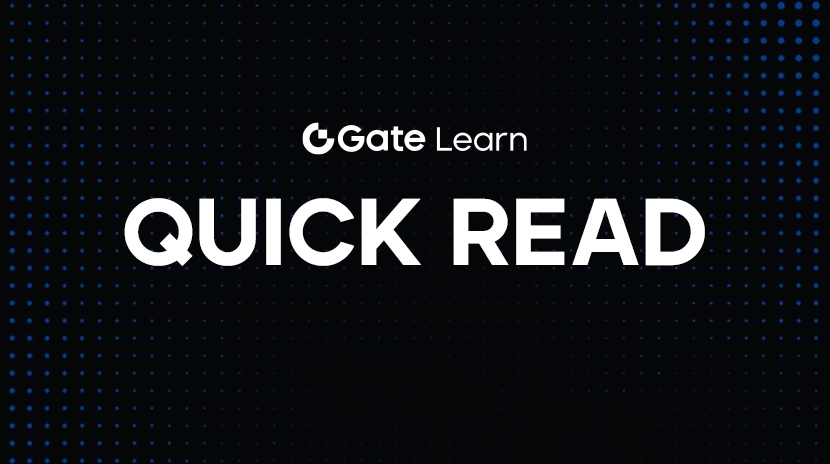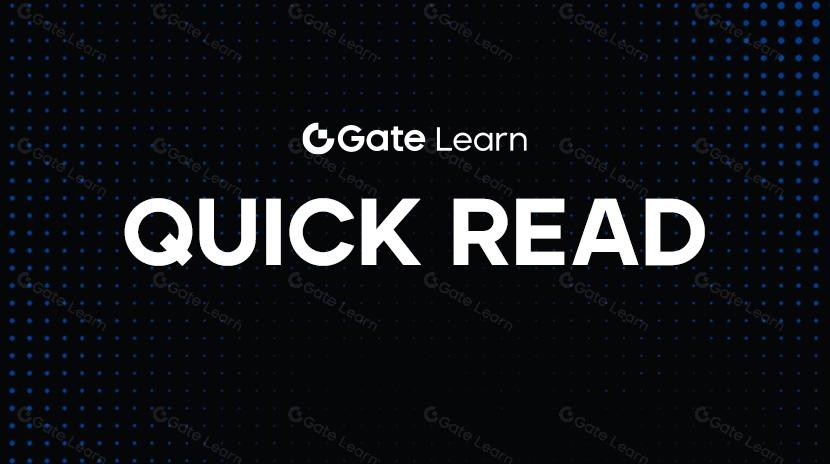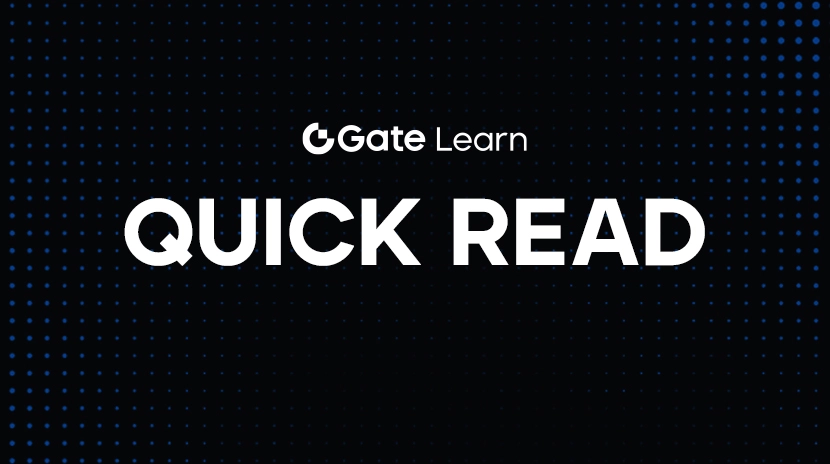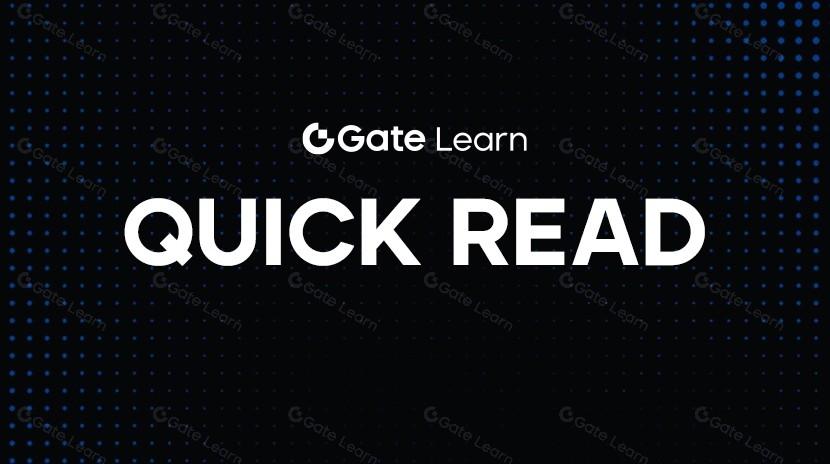What is Datagram Network (DGRAM)?
What Is Datagram Network?

(Source: DGramNetwork)
Datagram Network (DGRAM) is a global super network platform purpose-built to support real-time applications and decentralized physical infrastructure networks (DePIN). Unlike traditional centralized architectures, Datagram aggregates worldwide computing, bandwidth, and storage resources, allowing enterprises and developers to quickly deploy and scale decentralized applications without the need to build complex underlying infrastructure themselves.
With Datagram, both Web2 and Web3 enterprises can easily access decentralized services. Existing DePIN projects can seamlessly expand their resources, while new decentralized projects can rapidly launch a comprehensive node network.
Core Technology Architecture and Components
1. Hyper Network Layer
This layer features an AI-driven coordination system that automatically analyzes network conditions and dynamically adjusts traffic routing, load balancing, and resource allocation, ensuring high availability and network stability.
- Automatically reroutes traffic to prevent congestion
- Processes large-scale real-time applications in parallel, including gaming, video streaming, and AI computation
- Supports multi-chain deployments, including Ethereum, Avalanche, Solana, and more, enabling true cross-chain interoperability
2. Datagram Core Substrate (DCS)
DCS acts as the integration layer, making it easy for existing DePIN projects to connect with the Datagram network and access additional computing, storage, and bandwidth resources.
- Modular architecture ensures the network is scalable and upgradable
- Works in tandem with the Network Operations Center (NOC) to automatically monitor node performance and allocate rewards
3. Node Operation Incentive Model
Node operators earn revenue from:
- Uptime and availability: Keeping nodes running reliably to maintain overall network reliability
- Actual resource contribution: Rewards based on each node’s computing power, bandwidth, and storage provided
This model incentivizes efficient node operations and strengthens the network’s resilience and stability.
Unique Advantages of Datagram
- Blockchain Neutral: Supports multiple blockchain ecosystems for seamless cross-chain interoperability
- AI-Driven Optimization: Intelligent traffic routing and predictive resource allocation reduce latency
- Security and Privacy: Decentralized architecture with end-to-end encryption mitigates centralized cloud risks
- Cost Efficiency: Leverages underutilized global computing, bandwidth, and storage resources to reduce operational costs
- User-Friendly Experience: APIs and SDKs abstract blockchain complexity, supporting both fiat and crypto payments to lower entry barriers
Application Scenarios and Real-World Impact
Datagram has served over 200 enterprises and more than 1 million users, supporting:
- Large-scale real-time video conferencing: Enables thousands of participants with low latency and high reliability
- Decentralized AI computing networks: Flexible, distributed computing supports both inference and model training
- Content distribution and storage: Accelerates data distribution and hosting for both Web3 and traditional platforms
Datagram combines the ease of use of Web2 with the decentralized nature of Web3, laying the groundwork for next-generation internet infrastructure that is fast, secure, scalable, and broadly accessible.
Datagram Tokenomics
Datagram uses a multi-layer token ecosystem to incentivize node operators and ensure network sustainability:
- $DGRAM: The core token for payments, rewards, and governance. Node operators earn it as income, can use it to purchase services, or trade it on the open market.
- $DATA: A stablecoin pegged to the US dollar, created by burning $DGRAM. Used for service payments to minimize price volatility.
Reward Points
Node resource contributions are settled daily in $DGRAM, sourced from:
- $UDP Points: Earned by processing UDP traffic (audio/video, gaming)
- $TCP Points: Earned by processing high-reliability TCP traffic (streaming, messaging, storage)
- $AI Points: Earned by processing AI computing traffic for real-time inference or model training
Token Distribution Strategy
Total supply is capped at 10 billion $DGRAM, distributed as follows:
- 50%: Node operator rewards
- 13.5%: Ecosystem development
- 10%: Investors (36-month linear vesting)
- 12%: Team (linear vesting)
- 10%: Market makers and exchanges for liquidity
- 3%: Advisors
- 1.5%: Key Opinion Leaders (KOLs) for promotion
This structure ensures the network’s sustainable growth and provides long-term, stable incentives for node operators.
To learn more about Web3, click to register: https://www.gate.com/
Summary
Datagram Network brings together global computing, bandwidth, and storage resources in a decentralized framework, enabling real-time applications and DePIN projects to scale at speed. With AI-powered network optimization, cross-chain interoperability, and a comprehensive token incentive system, Datagram is paving the way for the next generation of internet infrastructure. For enterprises, developers, and node operators, Datagram is not just a network—it’s a global collaboration platform designed for sustainable growth, profitability, and high performance.
Related Articles

Pi Coin Transaction Guide: How to Transfer to Gate.io

Flare Crypto Explained: What Is Flare Network and Why It Matters in 2025

How to Use a Crypto Whale Tracker: Top Tool Recommendation for 2025 to Follow Whale Moves

What is N2: An AI-Driven Layer 2 Solution

2025 BTC Price Prediction: BTC Trend Forecast Based on Technical and Macroeconomic Data
